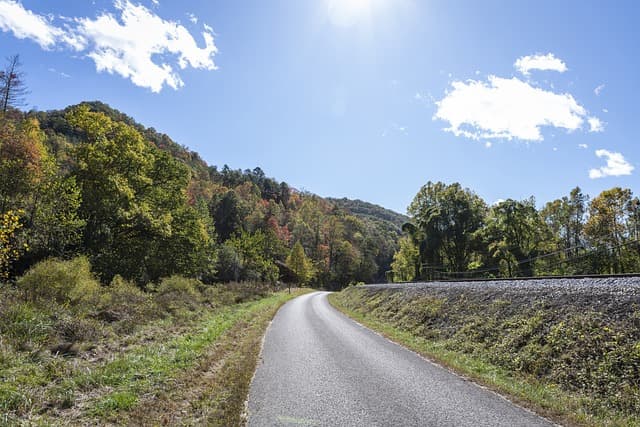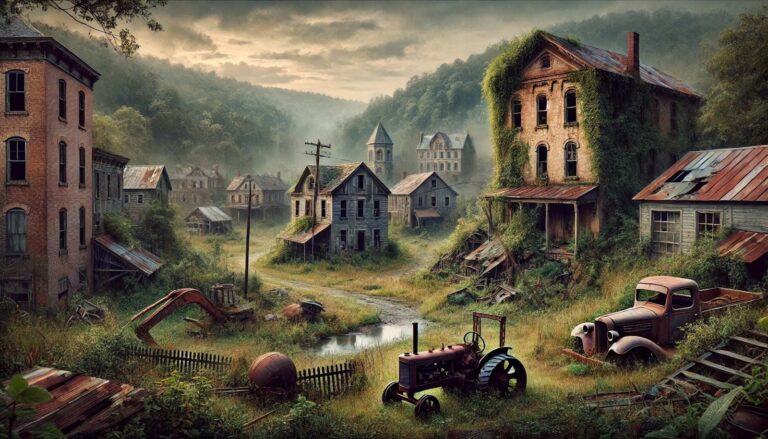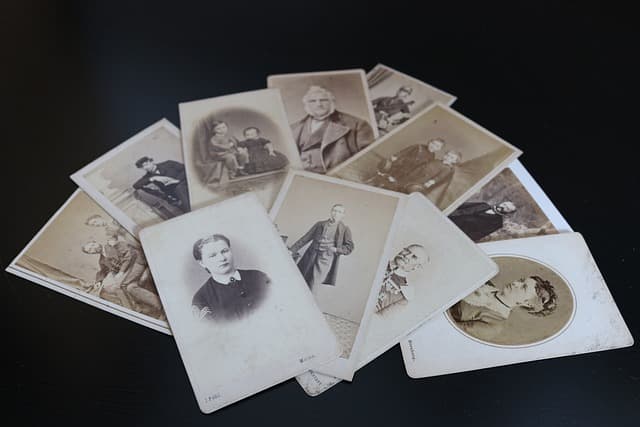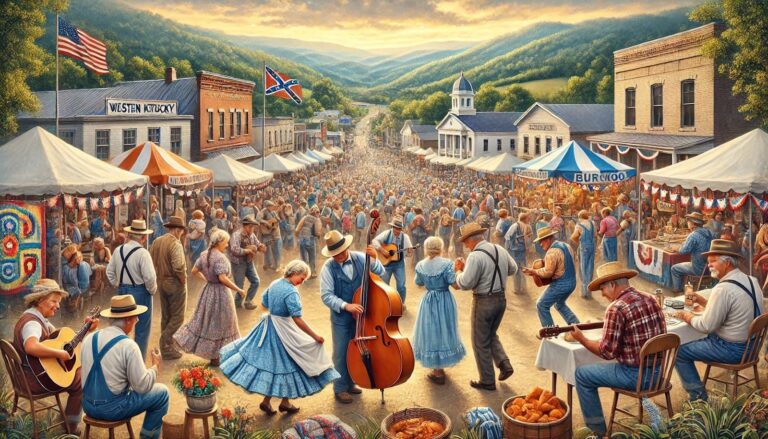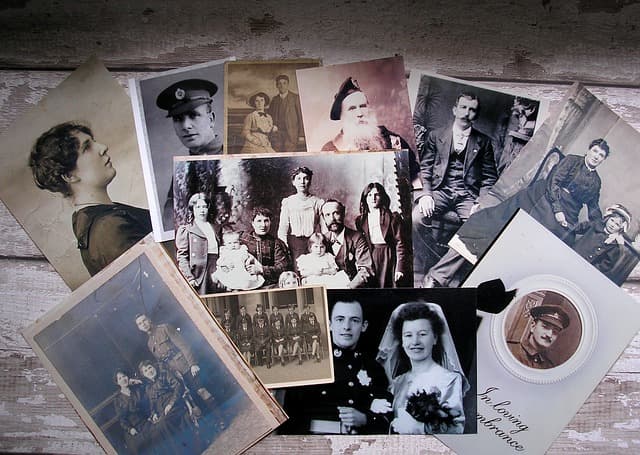Trigg County, located in western Kentucky, has a rich historical legacy that encompasses important events, wars, and political changes that have shaped not only the county itself but the entire country. In this section, we will focus on key historical milestones related to wars, political changes, and social processes that affected the lives of local residents.
Civil war: During and after the conflict
One of the most significant events in the history of Trigg County was the American Civil War (1861-1865). Like most of Kentucky, Trigg County witnessed significant changes during this bloody conflict. Kentucky, a neutral state at the beginning of the war, became a political battleground between the Union and the Confederacy.
In Trigg County itself, the war left its marks. Local farmers and residents were often the victims of looting and violence by various military units passing through the region. Many young men from the area joined both armies, and several local families lost loved ones as a result of the war. The war divided the community, but in the post-war period, the population of the district made efforts to restore the destroyed economy.
Political struggle: From Reconstruction to the 20th century
After the end of the Civil War, Trigg County, like many other parts of the southern United States, was caught up in the Reconstruction period. It was a time when the federal government tried to rebuild the southern states politically and economically. For Trigg County, as well as for other regions of Kentucky, this meant major changes, including reform of local governments and African American rights.
However, recovery was slow, and tensions between local communities and the federal government continued. Many southern states felt the effects of racial tensions in the postwar period, and Trigg County was no exception. Despite federal efforts, many local leaders continued to support Confederate ideas, which created tension in the political environment.
At the end of the 19th century, with the advent of industrialization, Trigg County experienced new social changes. The county’s economy shifted from agrarian to more diverse, with the development of industries such as agriculture, trade, and railroad transportation. New technologies and methods of land cultivation changed the landscape and also changed the lives of local residents, who were forced to adapt to new economic realities.
Social changes: Community growth and infrastructure development
Since the early 20th century, Trig County has witnessed significant social change. The development of infrastructure, including railroad lines and new roads, greatly facilitated communication between cities and towns, which boosted the economy. New businesses sprang up, and with them new jobs.
Rural communities continued to be important centers of county life. They formed around major agricultural enterprises such as farms and plantations, as well as growing trade. However, new social conditions, particularly the growth of the working class, also created new social challenges. Working conditions in industrial enterprises were often harsh, and local communities faced problems of poverty and inequality.
Wars and conflicts in the 20th century
In the 20th century, after World War I and World War II, Trigg County, like many other parts of Kentucky, experienced economic and social hardship. During World War II, many young men from the county served in the military, and this period left a mark on the community’s history. After the war, the county experienced a new wave of economic growth, thanks to the development of new businesses and technologies, but also faced new challenges in the social sphere.
Conclusion
The history of Trig County is a story of diverse challenges and triumphs, reflecting struggle, recovery, and progress. The wars, political changes, and social transformations that took place here have helped shape the unique character of the community. Today, Trig County is a shining example of how the past continues to influence modern life, preserving deep ties between generations and traditions.
